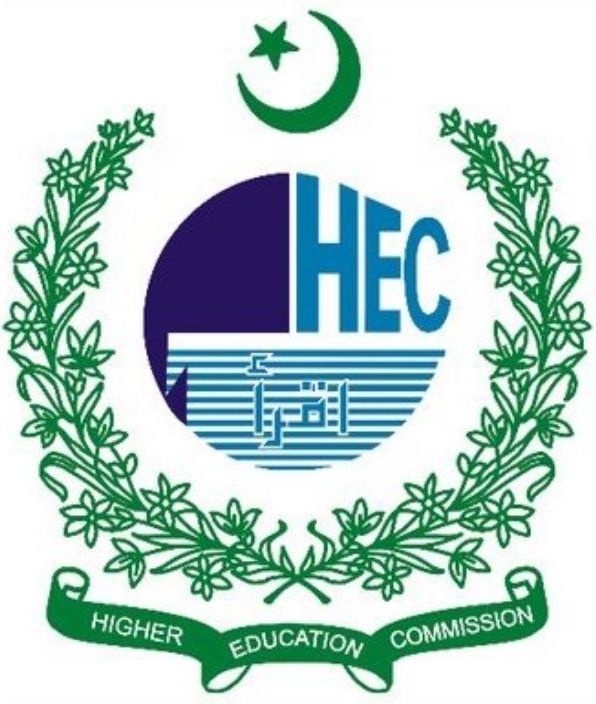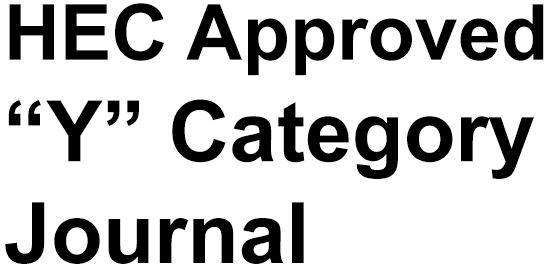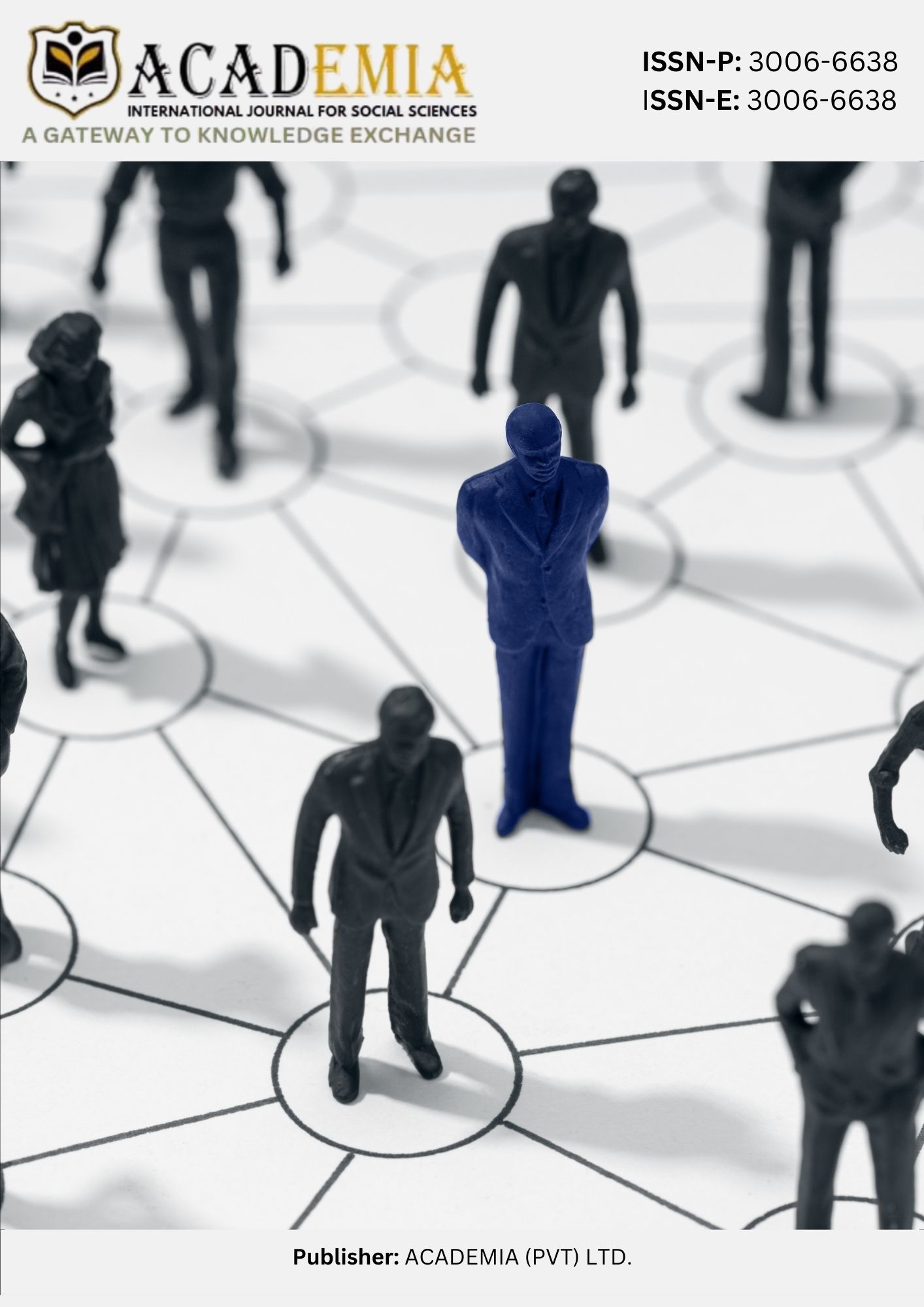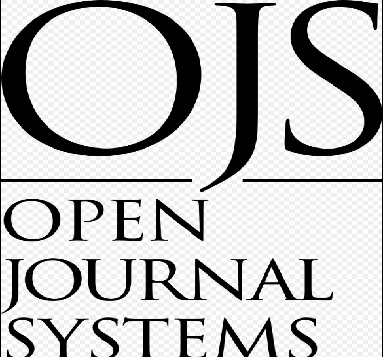Diasporic Voices in Home Fire: A Corpus-Based Linguistic Exploration of Identity and Belonging
DOI:
https://doi.org/10.63056/ACAD.004.03.0757Keywords:
Diaspora , Identity , Belonging , Corpus Stylistics , Kamila Shamsie , Home Fire , Linguistic Patterns , British-Muslim , Cultural Hybridities , Postcolonial literatureAbstract
This study explores the linguistic construction of diasporic identity and belonging in Kamila Shamsie’s Home Fire (2017), a novel that examines the British-Muslim experience through the lens of a Pakistani-British family navigating cultural hybridity and sociopolitical tensions in a post-9/11 world. Employing a qualitative corpus-based research design, the study uses AntConc to analyze keywords, collocations, and thematic clusters, guided by Mahlberg’s (2014) corpus stylistics framework, which emphasizes linguistic patterns as discourse signals shaping textual meaning. The analysis identifies high-frequency keywords such as “Muslim” (frequency: 85, keyness: 142.35), “British” (62, 118.72), “Home” (54, 97.46), and “Pakistan” (48, 89.19), revealing their role in constructing diasporic identity through recurrent collocational patterns like “Muslim + Identity” (32, MI: 6.45) and “Home + Belonging” (18, MI: 6.01). Thematic clusters such as “left behind in Pakistan” and “torn between two worlds” highlight displacement, hybridity, and alienation, aligning with diaspora theories (Bhabha, 1994; Hall, 1990). The findings illuminate how Shamsie’s linguistic strategies encode emotional and ideological tensions, contributing to postcolonial literary studies by demonstrating the efficacy of corpus methods in analyzing diasporic narratives. For learners, the research is a framework for employing both quantitative and qualitative means for researching literature that promotes critical and reflective engagement with themes on identity and migration, while for researchers it highlights corpus stylistics as a way of unveiling detailed linguistic patterns and encourages further research into diasporic literature. This research has pedagogical ramifications for teaching multicultural literature, and also ramifications for furthering interdisciplinary ways to approach literacy, and other multidisciplanary studies in literature and language.
Downloads
Published
Issue
Section
License
Copyright (c) 2025 Dr. Muhammad Ansar Ejaz, Humaira Kulsoom, Tanzeela Jaffar (Author)

This work is licensed under a Creative Commons Attribution 4.0 International License.












